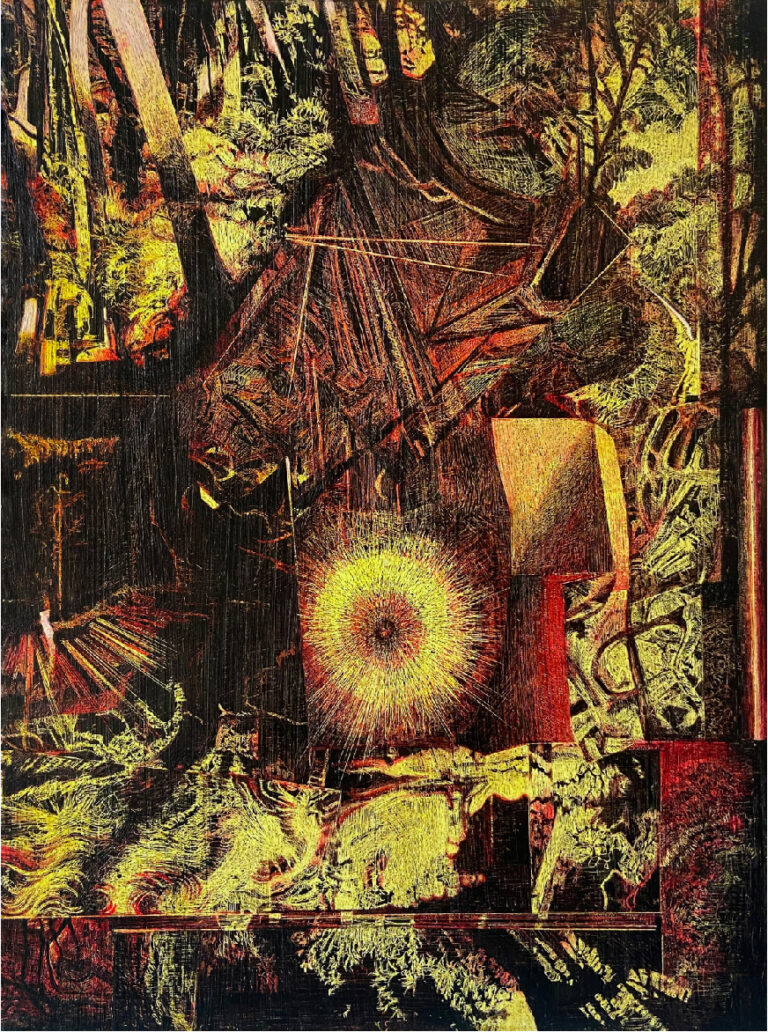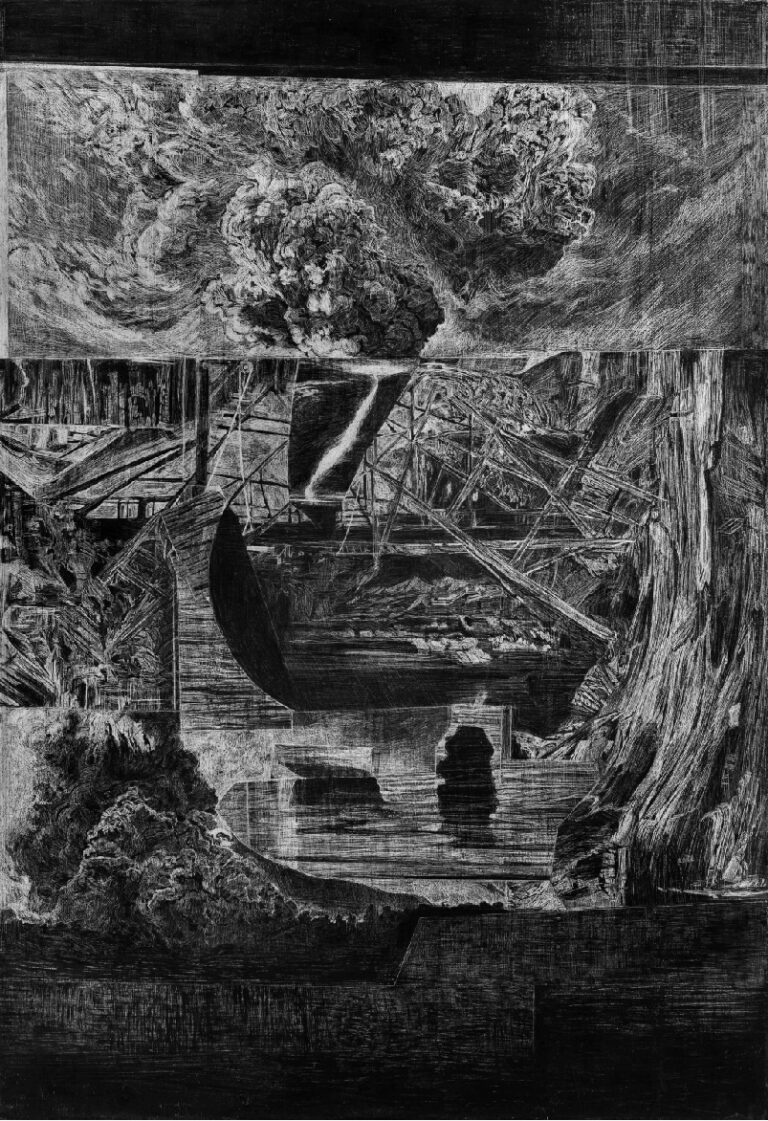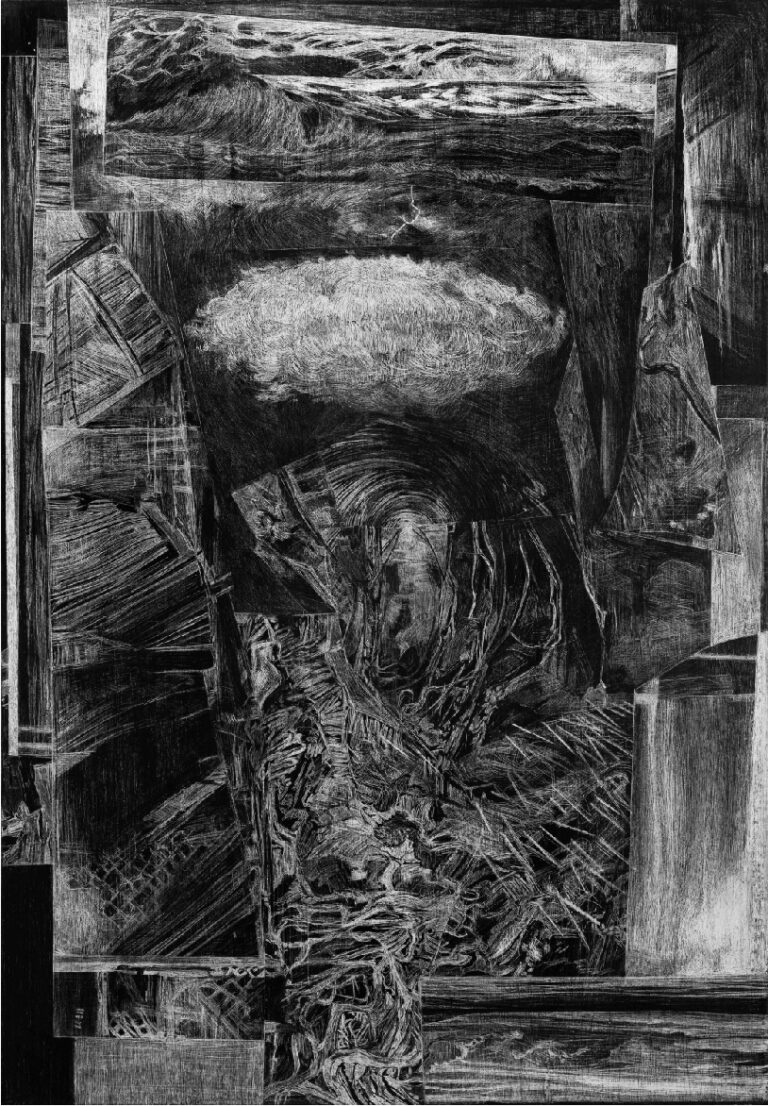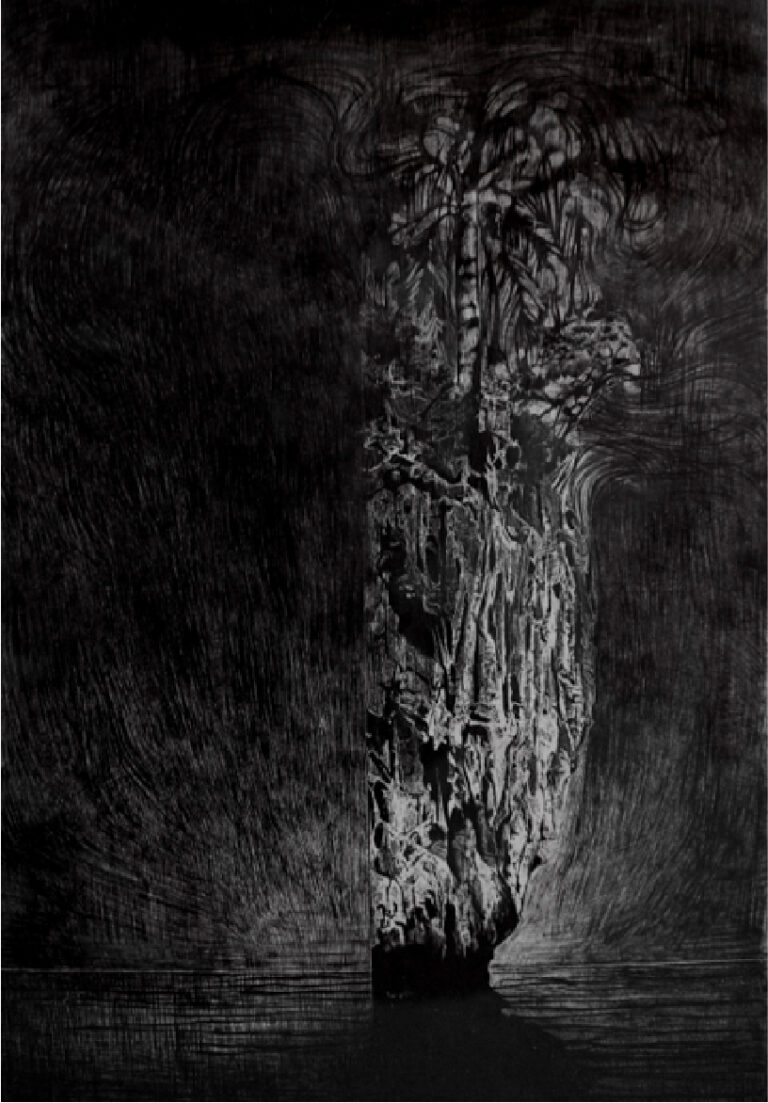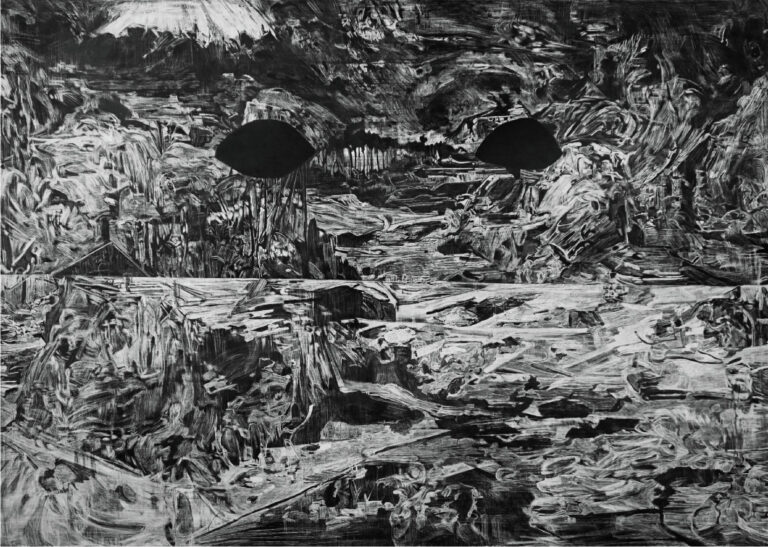Matías Ercole
Buenos Aires, Argentina
1987
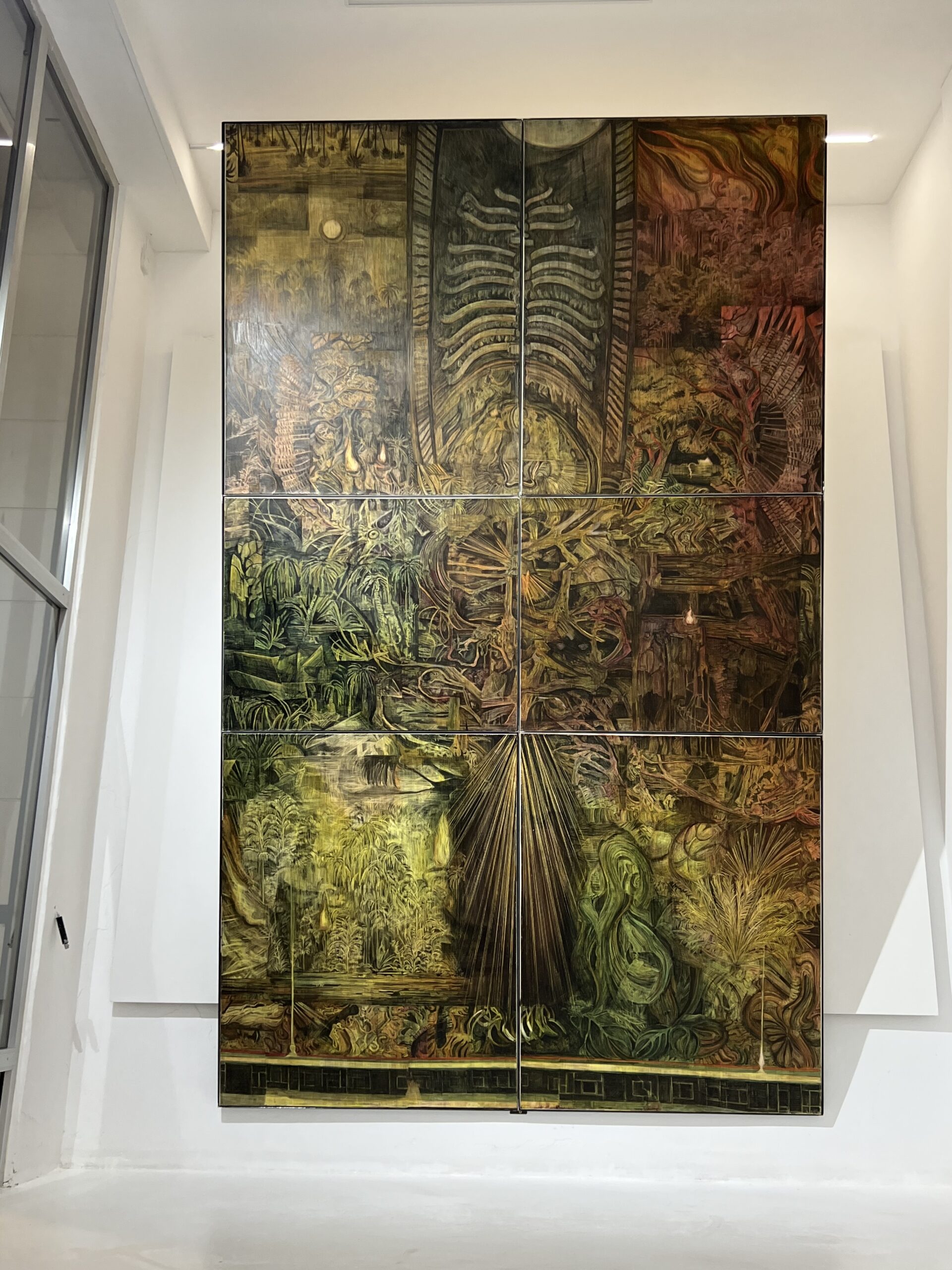
He studies a Bachelor's degree in Visual Arts at the IUNA and attends clinics and workshops by Pablo Siquier, Claudio Caldini, Ernesto Ballesteros, among others. During 2014 he was a scholarship recipient of the Artistic Research Center (CIA) of the START Foundation and carried out research production residencies in Barcelona (HANGAR), in Uruguay (EAC) and in the city of Turin, Italy.
His work is part of various public and private collections. Among them, those of the Museum of Modern Art of Mendoza; the Museum of Fine Arts of Tandil; the Palais de Glace; the Franklin Rawson Museum of San Juan and the Balanz Collection. Among the awards and recognitions he has received, the new Drawing Room Lisbon Talent Award (Portugal) in 2019, the First Acquisition – Drawing Award from the National Salon (Buenos Aires) in 2017 stand out; the Honorable Mention from the National Arts Fund (Buenos Aires) in 2016, and the Special Mention from the jury of the Klemm Prize (Buenos Aires) in 2013. He was the winner of the Young Art Biennial of Buenos Aires on two occasions, in 2013 and 2015. Ercole exhibits individually and collectively both in spaces and institutions in Argentina and abroad, highlighting among his latest works: Re,visión (Munar, Buenos Aires, 2019), And I want to thank / once again to God / who made / as we all know / everything / and he did / as we all know / nothing. (Miranda Bosch Gallery, Buenos Aires, 2016), I believe you, I destroy you (Recoleta Cultural Center, Buenos Aires, 2016), Just Do It (EAC, Uruguay, 2016), Déjà Vécu (Project A Gallery, Buenos Aires, 2013), Site Specific Drawing II, La Ola, (Museum of Modern Art of Buenos Aires, 2012).
The work of Matías Ercole is based on the certainty that drawing is capable of making the invisible visible. Since his early charcoal murals and his first figurative sgraffito, he has not stopped exploring the status of the image as a reality endowed with its own existence whose elements can be decomposed. In his pieces, mostly large scale, the line, the light, the cut appear not so much as means of representation, but as symptoms of an energy in movement, the sensitive evidence of a force that operates in the background of the apparent mimesis. His shapeless compositions and his desolate landscapes recall at the same time the fading light of the sublime romantic scenes or the organic character of the American Baroque and above all the drama of religious painting. Sustained in hanging iron structures, illuminated by reflectors, arranged like frescoes, it is not possible to separate Ercole's visual works from the context and device through which they are exhibited, revealing an attention to the dependence of the image on the architecture, in a theatrical character that gives his drawings an unusual power.
Text by Pablo Gianera, for the exhibition “Re,visión” in Munar, Buenos Aires – 2019

